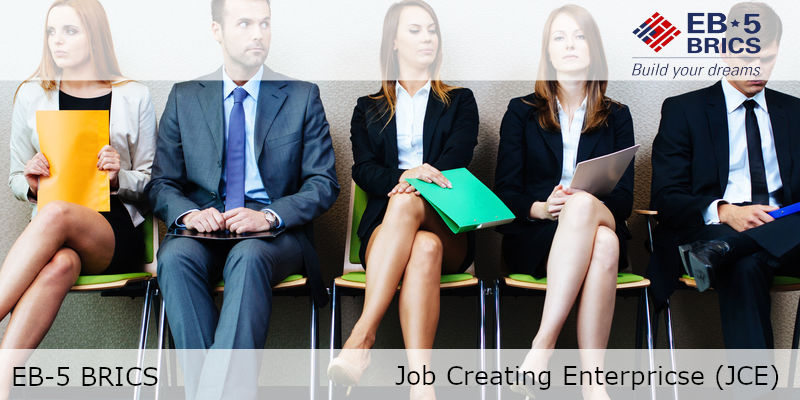
This article explores the pivotal role of the Job Creating Enterprise (JCE) within the EB-5 Immigrant Investor Program. As the cornerstone of the program, the JCE is responsible for receiving EB-5 capital, ensuring the creation of a minimum of 10 jobs per investor, and overseeing project development.
What is a Job Creating Enterprise (JCE)?
The Job Creating Enterprise (JCE) is the project company tasked with receiving EB-5 capital from the New Commercial Enterprise (NCE) and ensuring the creation of a minimum of 10 jobs per EB-5 investor.
What is the role of JCE in EB-5?
The Job Creating Enterprise (JCE) is tasked with receiving EB-5 capital and generating a minimum of 10 jobs per investor. As the project developer, the JCE employs investor funds for project development, ensuring compliance with program requirements and documenting economic impact. In Regional Center investments, the JCE can count a broader range of jobs, including indirect and induced jobs, enhancing the investor’s eligibility for U.S. permanent residency.
What are the acceptable uses of EB-5 funds by the JCE?
The JCE must use EB-5 funds solely for the specified project outlined in the offering documents. Acceptable uses include construction costs, equipment acquisition or leasing, and other project-related expenses. The JCE must have a clear fund utilization plan and diligently track expenditures.
Full Deployment of EB-5 Investment Capital into the JCE
The full deployment of investment capital into the JCE mandates the complete transfer of the investment amount from the New Commercial Enterprise (NCE) to the JCE. The NCE retains no funds for its use, ensuring that investor funds are entirely dedicated to the specified purpose of job creation and economic stimulation. This requirement not only serves as a safeguard against potential fraud or misuse of EB-5 investment capital but also reinforces transparency in fund utilization.
EB-5 Investor’s Capital Investment Must Be Sustained ‘At-Risk’
The EB-5 investor’s capital investment requirement mandates that the investment in the NCE remains ‘at-risk.’ This condition stipulates a commitment to the project without guaranteed return agreements, barring cases of petition denial. It ensures the investor actively bears the risk of capital loss, emphasizing the need for active fund deployment in the business.
What happens to an EB-5 investor’s investment in a Job Creating Enterprise?
The EB-5 investor’s capital invested in a Job Creating Enterprise must remain ‘at-risk’ and actively utilized. This commitment signifies that the EB-5 money is devoted to the project without guaranteed return agreements, ensuring the investor bears the risk of potential loss. The requirement underlines the EB-5 program’s primary objective of channeling investments, particularly towards job creation and economic development rather than serving as passive investment or a guaranteed route to citizenship.
Are JCE and NCE the same entity?
In direct EB-5 investments, the Job Creating Enterprise (JCE) and the New Commercial Enterprise (NCE) are usually synonymous, representing the same business entity. However, in Regional Center investments, they are typically separate entities, each playing a distinct role in the EB-5 project structure.
EB5 BRICS is available to help you with any questions related to immigration. Reach out to us through Live chat or Call Us.




